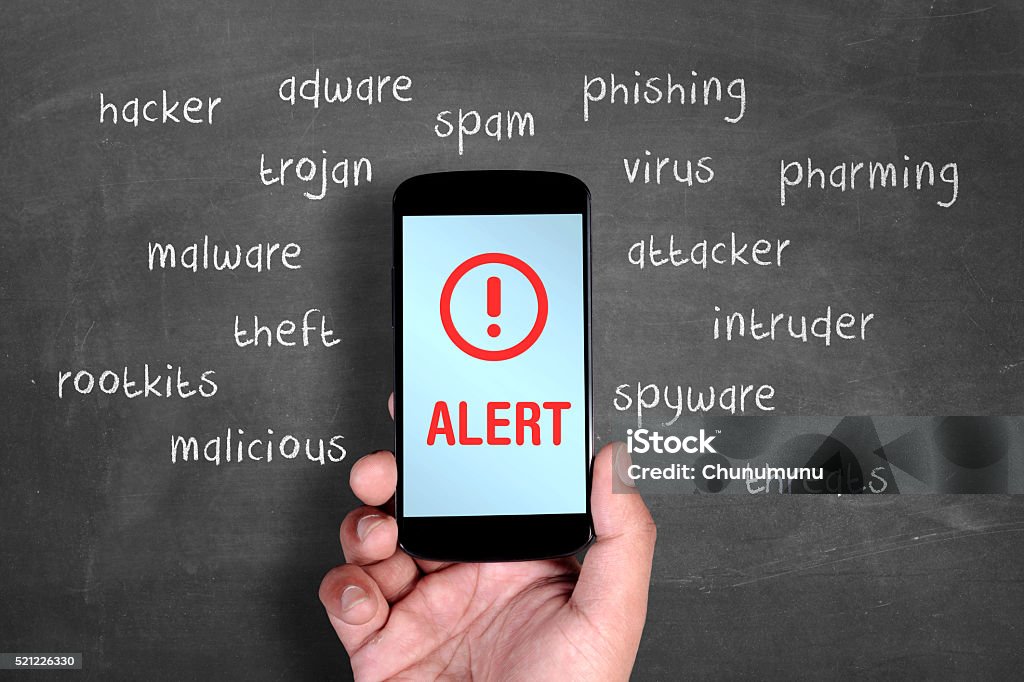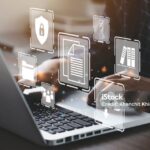A Security Operations Center (SOC) plays a critical role in safeguarding an organization against cyber threats. To ensure a robust defense, SOC teams must continuously monitor specific security events that indicate potential malicious activity. This blog outlines the must-monitor events that every SOC should focus on to detect, analyze, and mitigate threats effectively.
1. Authentication and Access Events
Why it Matters: Unauthorized access attempts and suspicious login activities are common indicators of cyber threats such as brute-force attacks or credential theft.
- Failed login attempts (excessive failures could indicate brute-force attempts).
- Successful logins from unusual locations (implies possible compromised credentials).
- Multiple logins from different geographic locations within a short time frame (indicates possible session hijacking).
- Privileged account usage and escalation (monitors administrator activities to prevent insider threats).
2. Endpoint Security Events
Why it Matters: Endpoints are primary targets for malware, ransomware, and unauthorized modifications.
- Malware detections (antivirus and EDR alerts for malware infections).
- Unusual process execution (running PowerShell, command line scripts, or unsigned binaries).
- Unauthorized software installations (could indicate unauthorized or malicious software usage).
- Persistence mechanisms (e.g., registry modifications or scheduled task creation).
3. Network Traffic Events
Why it Matters: Unusual network activity can indicate an ongoing cyber attack, lateral movement, or data exfiltration.
- Unusual inbound and outbound traffic spikes (DDoS attacks or data exfiltration attempts).
- Connections to known malicious IPs or domains (indicates potential C2 communication).
- Port scanning and reconnaissance activity (suggests an attacker mapping the network).
- Unauthorized protocol usage (e.g., use of SMB over the internet).
4. File Integrity and System Changes
Why it Matters: Monitoring file changes helps detect unauthorized modifications, ransomware activity, and policy violations.
- Unauthorized file modifications or deletions (could indicate tampering or ransomware activity).
- Critical configuration changes (unauthorized changes to system files or security settings).
- Unusual access to sensitive files (implies potential insider threat or data theft).
5. Cloud Security Events
Why it Matters: As organizations migrate to the cloud, monitoring cloud-based security events is crucial for preventing account takeovers and misconfigurations.
- Unusual API activity (unexpected API calls can indicate unauthorized access).
- Misconfigured security groups or IAM policies (could expose cloud resources to threats).
- Large data transfers from cloud storage (potential data exfiltration attempts).
- New user account creation with high privileges (could indicate privilege escalation attempts).
6. Email Security Events
Why it Matters: Email remains a top attack vector for phishing, Business Email Compromise (BEC), and malware distribution.
- Phishing email detections (emails with malicious links or attachments).
- Email forwarding rule modifications (could indicate compromised email accounts).
- Multiple failed email login attempts (suggests brute-force or credential stuffing attacks).
- Suspicious attachments or URL clicks by users (indicates a potential phishing compromise).
7. Privileged Account and Identity Management Events
Why it Matters: Privileged accounts are high-value targets for attackers.
- New administrator account creation (should be closely monitored for legitimacy).
- Unusual changes in user privileges (unauthorized privilege escalation attempts).
- Privileged user access from unknown or unusual IP addresses (could indicate a compromised account).
8. Security Tool and Application Logs
Why it Matters: Security tools generate logs that provide insights into policy violations and system anomalies.
- SIEM alerts and correlation rule triggers (helps in detecting advanced threats).
- Firewall rule modifications (unauthorized changes can expose vulnerabilities).
- Security tool disabling or modifications (could indicate an attacker trying to bypass security controls).
Final Thoughts
Monitoring these critical security events allows SOC teams to detect and mitigate threats before they escalate into full-blown breaches. By leveraging real-time analytics, automation, and AI-driven detection mechanisms, organizations can enhance their security posture and stay ahead of emerging cyber threats.
What are your top priorities for event monitoring in your SOC? Share your thoughts in the comments!

